The CES began to warm up at the beginning of the year, and HTC is now officially producing the new Vive Cosmos, and it is still at the Taobao Creation Festival.
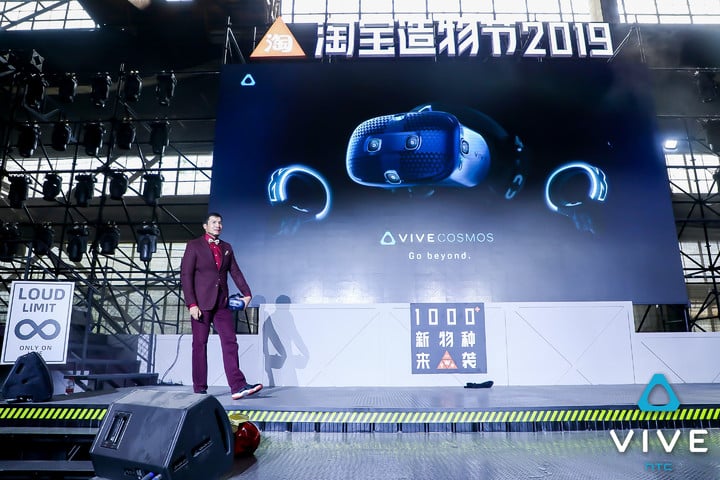
Vive Cosmos uses Inside-out positioning technology with six cameras to track targets through computer vision. This also means that new users do not have to spend time setting up base stations in the room before using them, and they don’t have to worry about sensor tracking due to debris blocking during play.
In terms of screen display, the Vive Cosmos is equipped with a new real-RGB LCD screen, which is fuller in color and has a combined resolution of 2880 x 1700, an 88% increase over the original Vive.
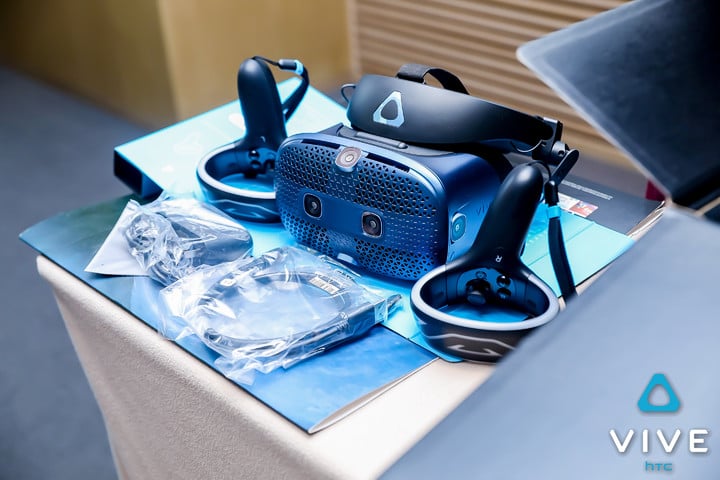
In terms of use, Vive Comos, like Hololens 2, has a clamshell design that allows you to “return reality” without removing the VR head, or to breathe both eyes and the brain. In the experience, Ai Faner specially tried this function. It feels that although the experience of switching between flipping and closing is relatively smooth (I wear glasses), the balance of front and rear weights of the whole head after turning up the cover will be slightly uneven.
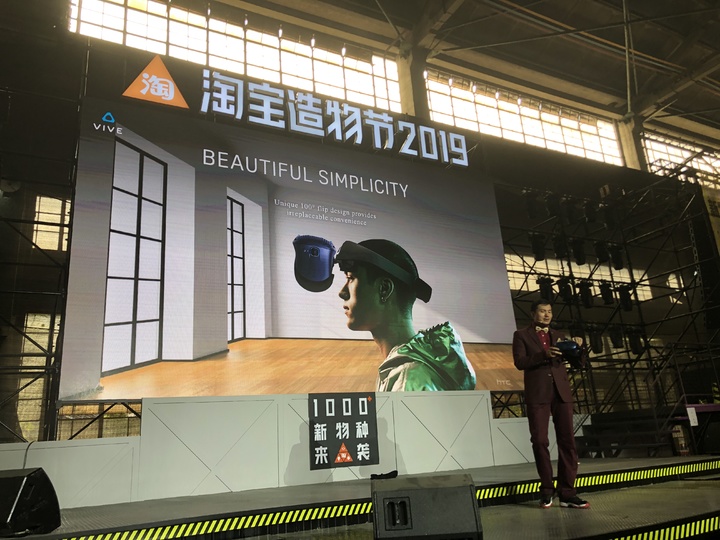
In addition, this is Vive’s first modular VR head display, which allows users to enhance their heading by pairing different modules.
The official first module is the Vive Cosmos External Tracking Mod. In other words, if the old user originally installed the Lighthouse base station, Vive Comos can use them to complete the positioning by using an external tracking module. The module is sold separately and is expected to be available in the first quarter of 2020.
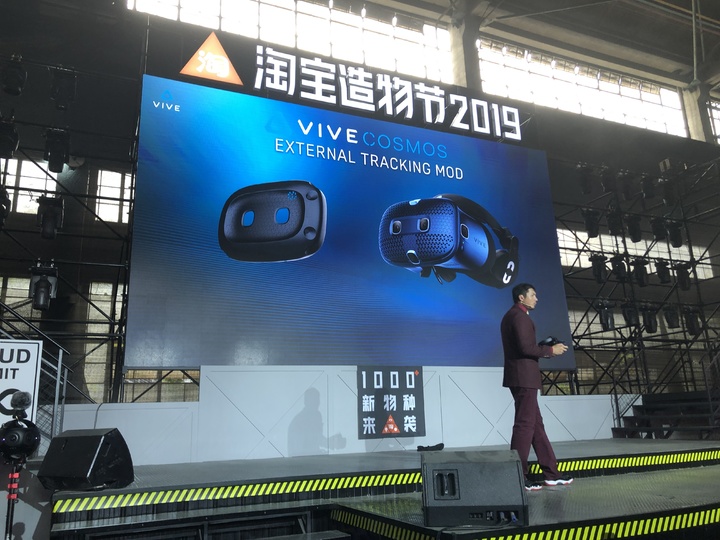
At the press conference, HTC also announced another set of module wireless upgrade kits. Combined with the use of the module, the user can change the headset to a wireless version, but there is still no specific message for the release time of the module. In addition, Vive Comos is also equipped with a new set of joysticks.
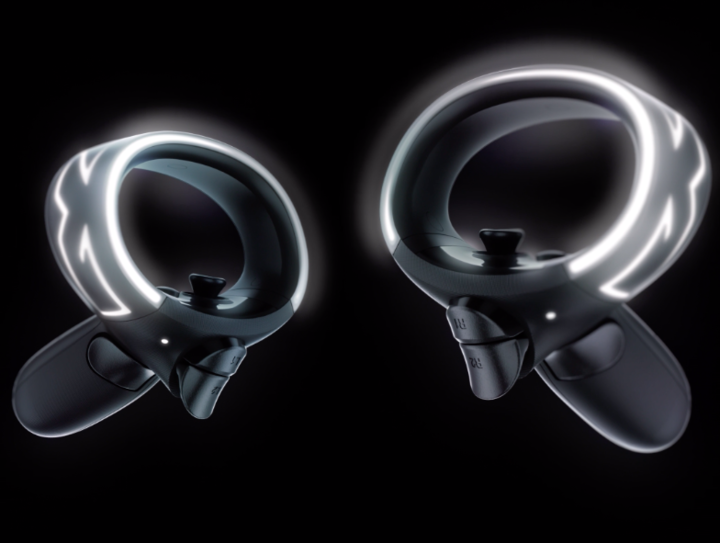
It is worth pointing out that Vive Comos will be the first product to be equipped with HTC’s new operating system Vive Reality System (hereafter referred to as “VRS”).
This system consists of two main parts. “Origin” is the launch page of this system, and it is also the user’s “home” and a social venue. Users can design them according to their own preferences and invite other users to experience them. The other part of “Lens” is used to browse different applications.

In VRS, the VR experience is no longer launching applications as it used to be, but more like traveling between different worlds.
Vive Comos is priced at $5,899 and is pre-sold from September 12 to October 1, and shipped on October 3. Users who place an order during the pre-sale period will receive a 12-month VIVEPORT unlimited membership service, and users who purchase during the non-pre-order period will also receive a 6-month VIVEPORT unlimited membership service.
The Vive Comos can also be experienced at the HTC Vive booth during the Creativity Festival.